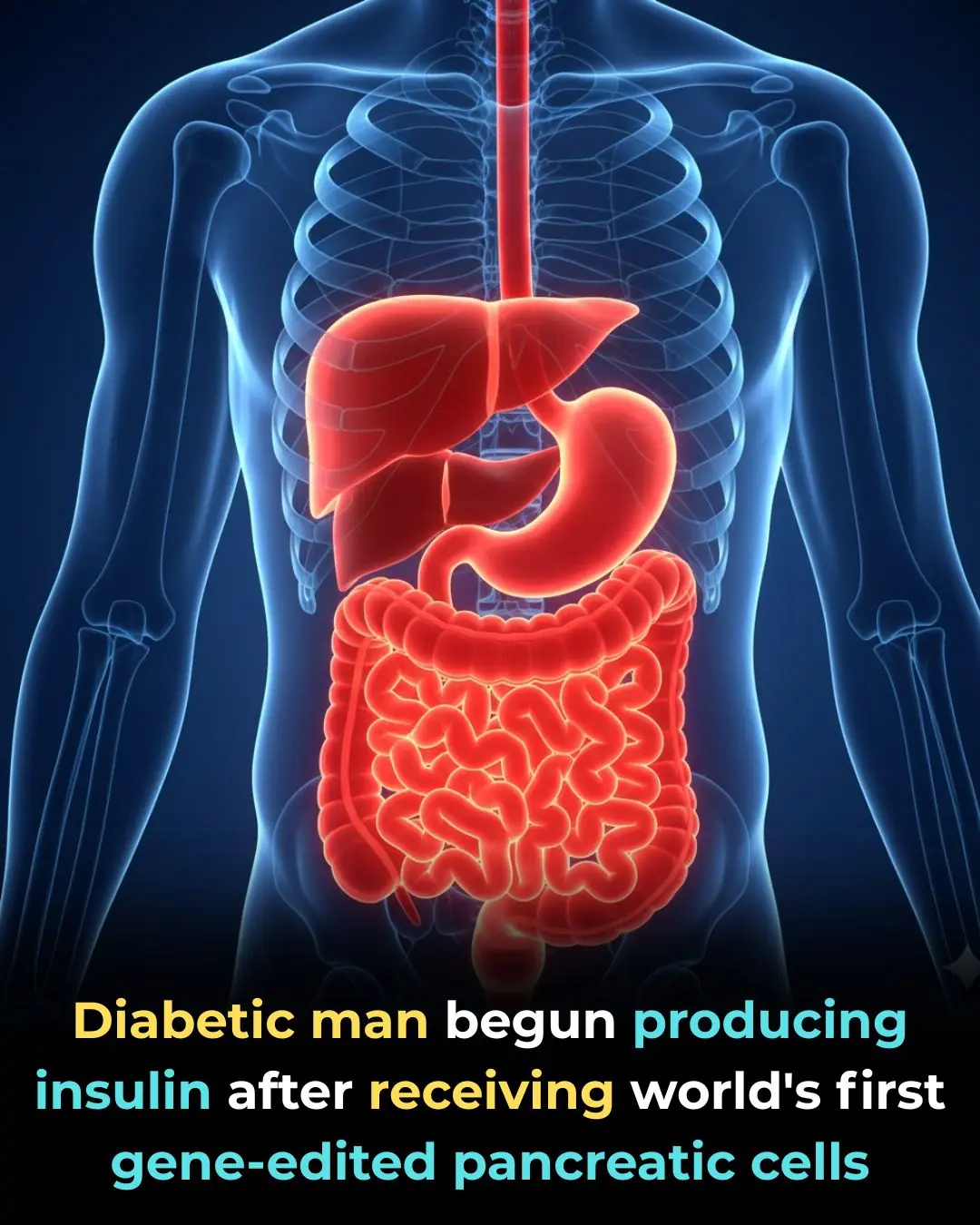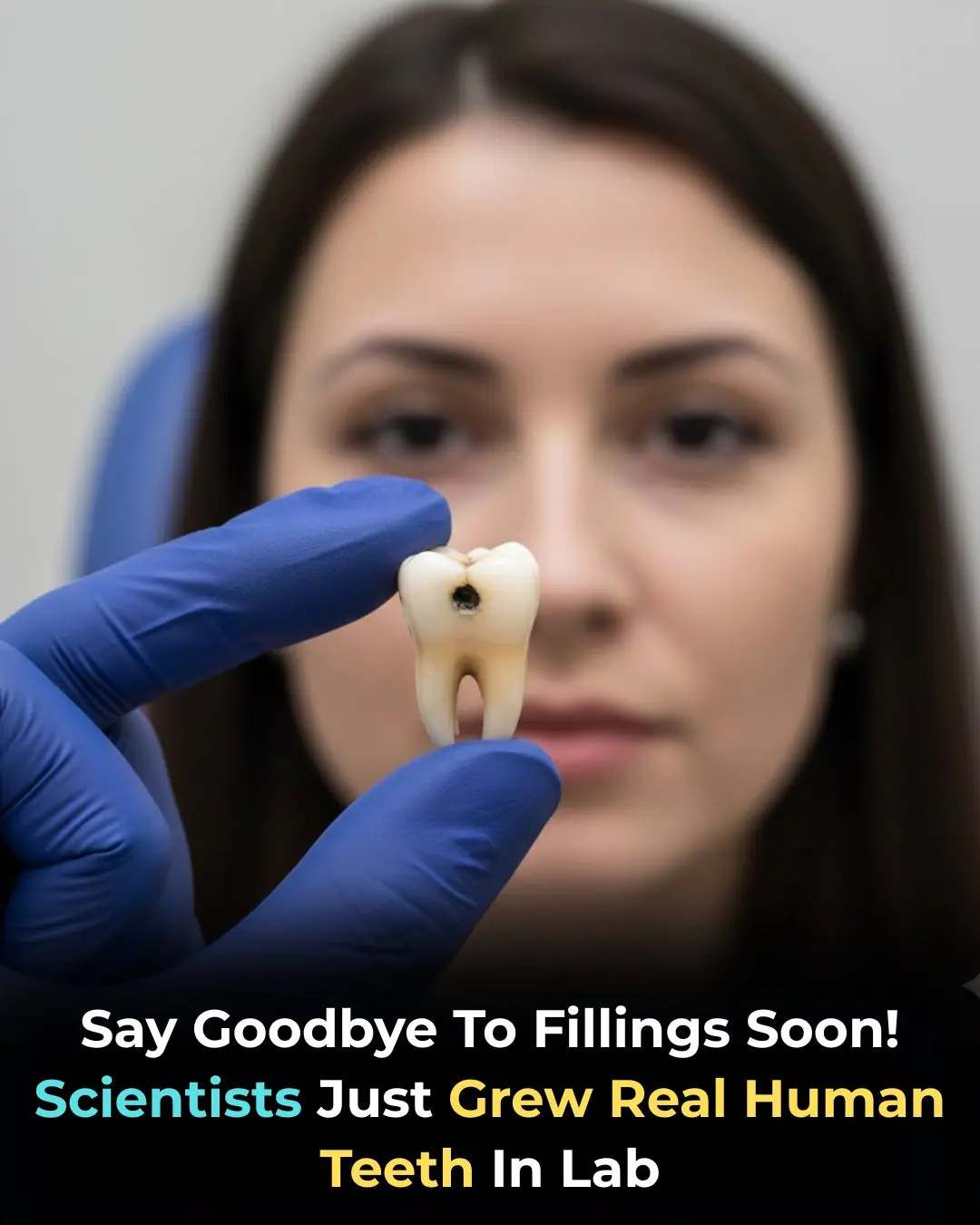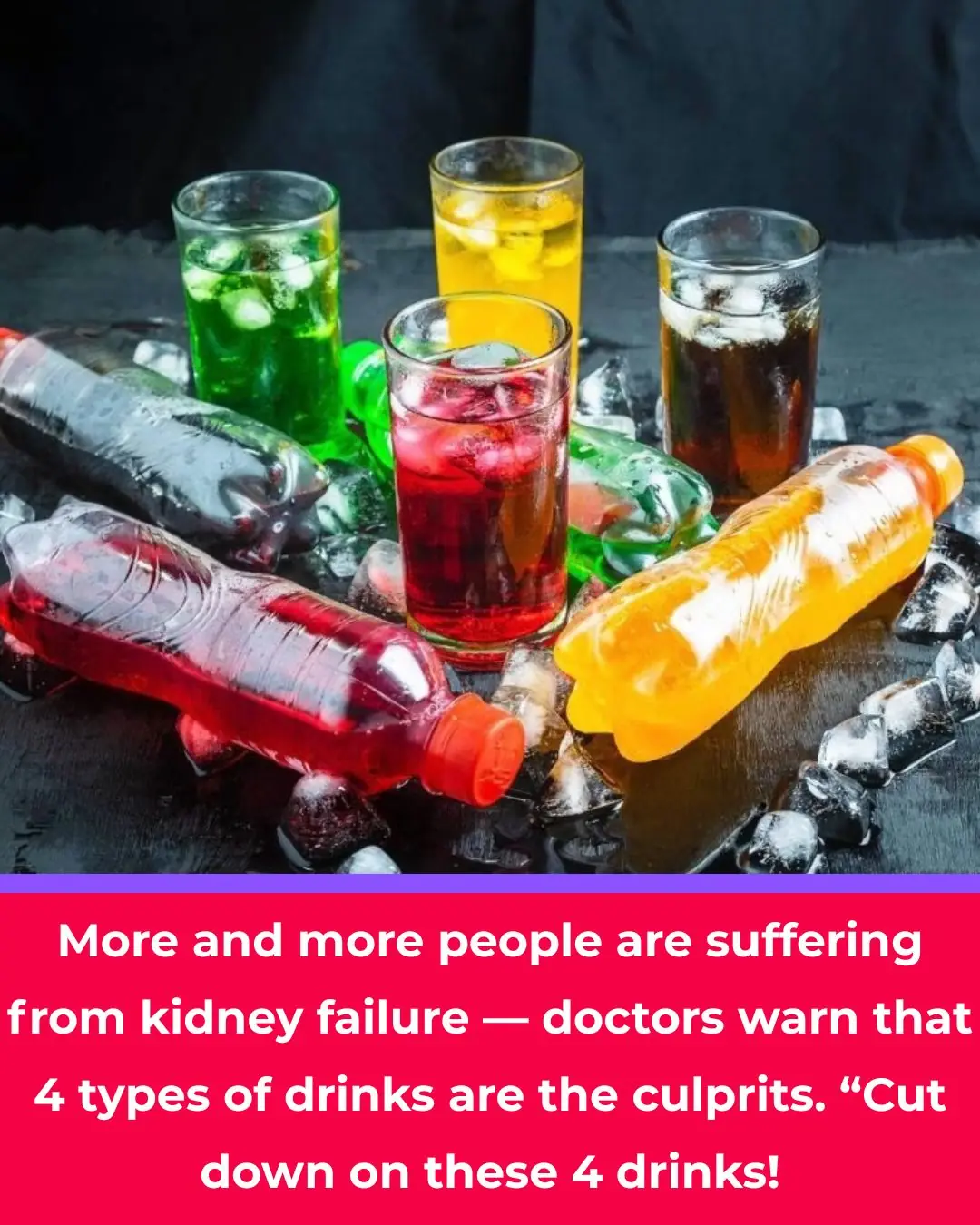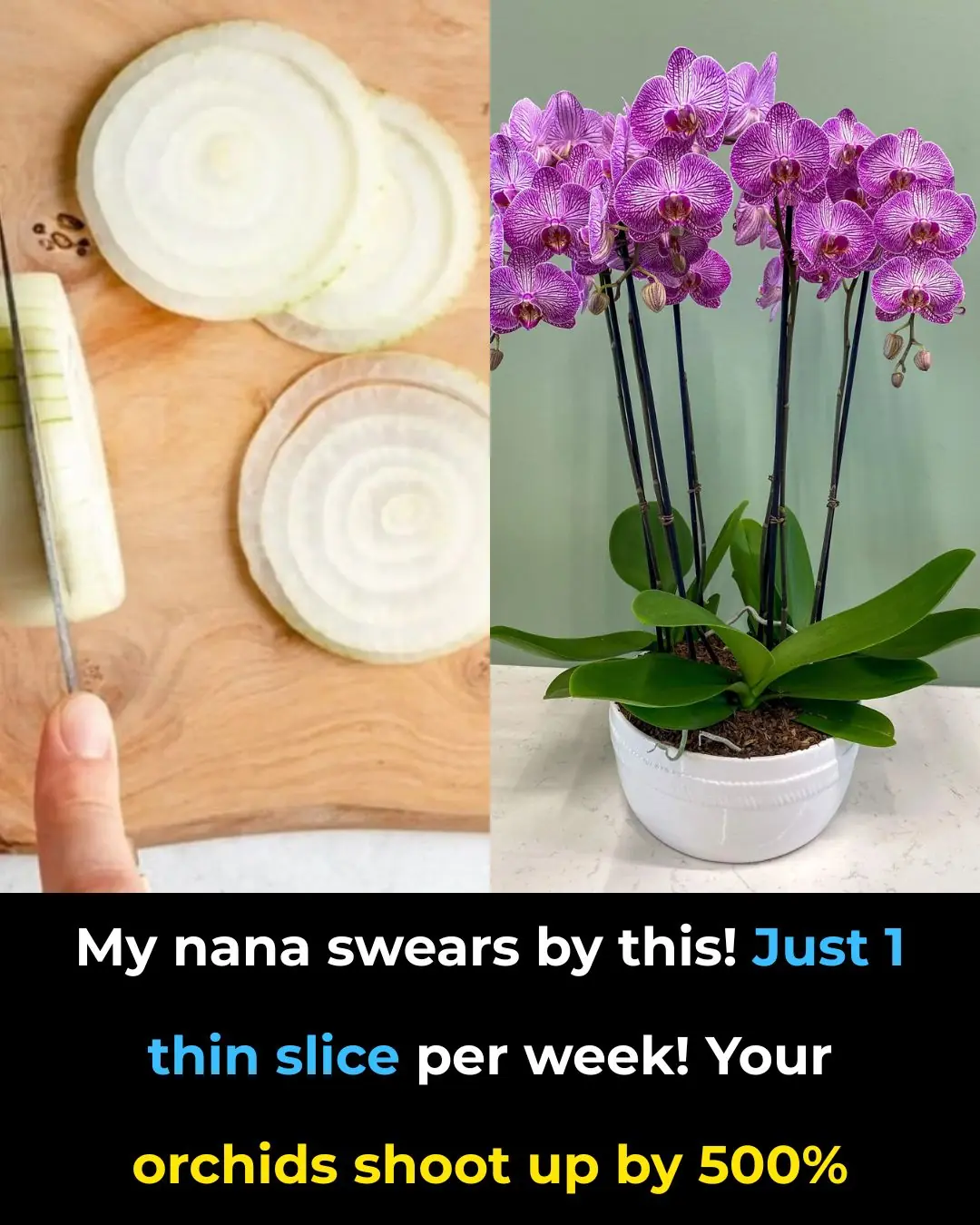
3 types of vegetables you shouldn’t eat raw — no matter how tasty or nutritious — because they can silently damage the liver
Raw vegetables are fresh, delicious, and full of nutrients, but some types should never be eaten raw. If you overeat them without proper preparation, your liver may be the one paying the price.
Imagine this: you’re about to take a crisp lettuce leaf, dip it into your favorite sauce, and suddenly someone yells, “Put it down! It’s toxic!”
Don’t panic — these vegetables aren’t poisonous in the instant-death sense. But certain plant compounds and hidden contaminants can seriously harm your health when consumed raw.
1. Vegetables with natural “self-defense chemicals”
– Beans (green beans, winged beans, etc.)
They contain natural saponins and plant lectins — compounds that protect the plant from pests. These break down only when thoroughly cooked. Eating them raw can cause nausea, vomiting, abdominal pain, and may even require hospitalization.
– Fresh daylily flowers
They contain colchicine, a toxic compound. They must be cooked at over 60°C for at least 15 minutes to be safe. Many cases of food poisoning occur because people quickly dip fresh daylily flowers in hotpot without cooking them long enough. Dried daylilies are safer.
– Fresh cassava (tapioca root)
It contains cyanogenic glycosides that can convert into hydrocyanic acid (HCN). Cassava must be soaked and cooked thoroughly. Eating it raw is extremely dangerous.
2. Vegetables that easily harbor bacteria, parasites, or chemicals
– Lotus root and water chestnut
These aquatic vegetables grow in environments that may host parasites. One study found hundreds of parasite eggs per square centimeter on raw water chestnut shells — even soaking in saltwater didn’t remove them completely.
– Hollow-stem vegetables (water spinach, pennywort, etc.)
Their tube-like structure traps pesticides and microorganisms. In Japan, professional chefs must rinse them under running water for 15 minutes or more.
– Sprouts (bean sprouts, alfalfa sprouts, etc.)
Sprouts grow in warm, humid environments ideal for Salmonella and E. coli. The 2011 sprout-related outbreak in Germany caused 53 deaths — a reminder of how risky raw sprouts can be.
3. Vegetables that block nutrient absorption when eaten raw
– Spinach and amaranth
These veggies are high in oxalates. When eaten raw, oxalates bind to calcium, forming insoluble calcium oxalate, which reduces absorption. Blanching can reduce oxalate levels by 30–87%, making nutrients easier to absorb.
– Cruciferous vegetables (broccoli, cabbage, etc.)
Raw crucifers contain glucosinolates, which may interfere with thyroid function if consumed in large amounts. Interestingly, light cooking activates sulforaphane — a powerful anti-cancer compound — making cooked crucifers safer and more beneficial.
– Fresh bamboo shoots
They contain cyanogenic glycosides and tannins, which cause bitterness and can hinder protein digestion. Some regions traditionally boil bamboo shoots multiple times before eating — a valuable practice.
Safe vegetable preparation guidelines
-
High-risk vegetables: cook thoroughly.
-
Medium-risk vegetables: wash very carefully; blanch or cook lightly when possible.
-
Low-risk vegetables: okay to eat raw in moderation, but avoid excessive amounts.
A few extra minutes of washing or cooking can significantly reduce health risks.
Remember: smart eating isn’t about strict rules — it’s about understanding your food.
News in the same category


Scientists Grow Fully Functional Human Teeth in the Lab — A Breakthrough That Could Transform Dentistry Forever

The Brain Actively Erases Short-Term Memories to Boost Efficiency

Betelgeuse Nears Its Final Stage: A Supernova That Could Be Visible in Daylight

Deadly Mistakes to Avoid When Showering With Hot Water in Winter

2 Pork Parts That Contain a High Amount of Risky Cells — Stop Eating Them Before It’s Too Late

More and more people are developing kidney failure, and doctors warn that four common drinks are the “silent culprits.” It’s time to cut back.

I Had No Clue About This! Such an Interesting Trick My Nana Swore By

My Nana Swears by This! Just 1 Thin Slice a Week — Your Orchids Will Explode with Growth

The Keyless Car Trend Everyone’s Talking About

Nana’s Timeless Trick for Bringing Jewelry Back to Life

Stem Cell Therapy Restores Insulin Production in Type 1 Diabetes Patients

China Launches Hanyuan‑1: World’s First Commercial Atomic Quantum Computer

Keratin From Human Hair Could Revolutionize Tooth Enamel Repair

Amazon Lakes Heat to Dangerous Levels, Triggering Mass Wildlife Deaths

Nurse Promises Not to Laugh at This Man’s Problem

What Your “Odd Animal Out” Choice Says About You

As he nears 100, Dick Van Dyke, 99, makes a touching confession about his life

Local Washington State Park Changes Name Meaning To Honor Rosa Franklin, The States First Black Woman Senator
News Post

Groundbreaking Gene-Edited Cell Therapy Shows Promise for Type 1 Diabetes Cure

Scientists Grow Fully Functional Human Teeth in the Lab — A Breakthrough That Could Transform Dentistry Forever

The Surprising Healing Power of Onion Milk

What Is a Microwave Ring Cover? Why This Small Part Matters More Than You Think (SEO-Friendly Guide)

The Netherlands Builds a 600-Meter Floating System to Clean Ocean Plastic: A Breakthrough for Global Marine Protection

✅ International Medical Recommendations for Treating Snakebites

🌟 Belgium’s 15-Year-Old Prodigy Earns a PhD in Quantum Physics — A Remarkable Journey of Genius and Innovation 🌟

The Brain Actively Erases Short-Term Memories to Boost Efficiency

Betelgeuse Nears Its Final Stage: A Supernova That Could Be Visible in Daylight

Deadly Mistakes to Avoid When Showering With Hot Water in Winter

2 Pork Parts That Contain a High Amount of Risky Cells — Stop Eating Them Before It’s Too Late

More and more people are developing kidney failure, and doctors warn that four common drinks are the “silent culprits.” It’s time to cut back.

I Had No Clue About This! Such an Interesting Trick My Nana Swore By

My Nana Swears by This! Just 1 Thin Slice a Week — Your Orchids Will Explode with Growth

The Keyless Car Trend Everyone’s Talking About

Nana’s Timeless Trick for Bringing Jewelry Back to Life

Stem Cell Therapy Restores Insulin Production in Type 1 Diabetes Patients

China Launches Hanyuan‑1: World’s First Commercial Atomic Quantum Computer
